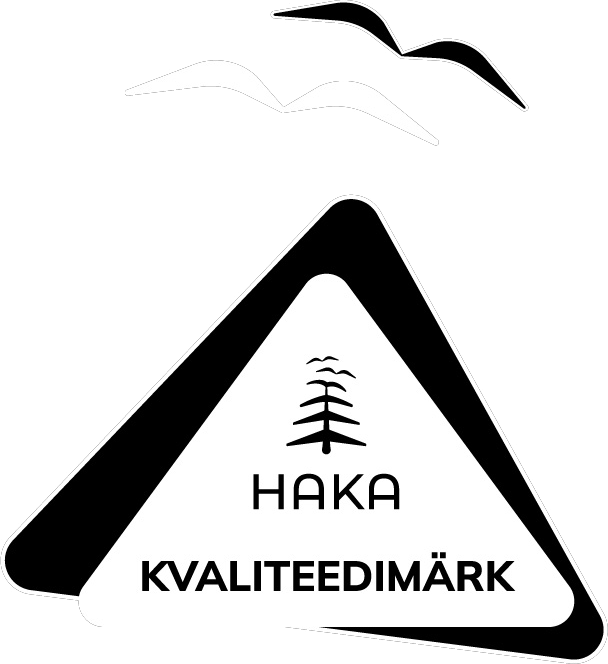

Since 1991 Estonia has undertaken several extensive reforms in the field of higher education. Since 2000 the changes in the higher education area have followed the principles of the Bologna process. The changes which have taken place in Estonia in the course of the Bologna process have primarily been directed towards the new qualification structure and towards supporting mobility. The introduction of the accreditation process and adopting a system of accumulation of credit points had taken place earlier.
Higher education is primarily regulated by the University Act, the Institution of Professional Higher Education Act and the Private School Act.
The Estonian higher education system is binary and consists of universities and applied (professional) higher education institutions.
Higher education is provided by:
- universities (provide higher education and can also offer professional higher education programs);
- institutions of applied (professional) higher education (provide applied (professional) higher education studies that are the first stage of higher education and correspond to the bachelor-level programs at universities);
- vocational education institutions.
The studies of both, the bachelor-level of universities and applied (professional) higher education, last for 3 years and consist of 180 ECTS.
Applied (professional) higher education institutions may offer master-level programs in all fields of study in cooperation with universities.
The most significant difference between the two types of studies is the percentage of practical work. In Bachelor studies the amount of compulsory practical work is 1 month, in applied (professional) higher education 7,5 months, i.e. 30 per cent of the curriculum. Therefore, all the graduates of applied (professional) higher education have got work experience and an idea of the acquired profession.
The requirements for the academic staff also differ: applied (professional) institutions of higher education require a three-year professional experience from its lecturers. This ensures conformity of theory and practice in the study process.


 Tudeng
Tudeng

